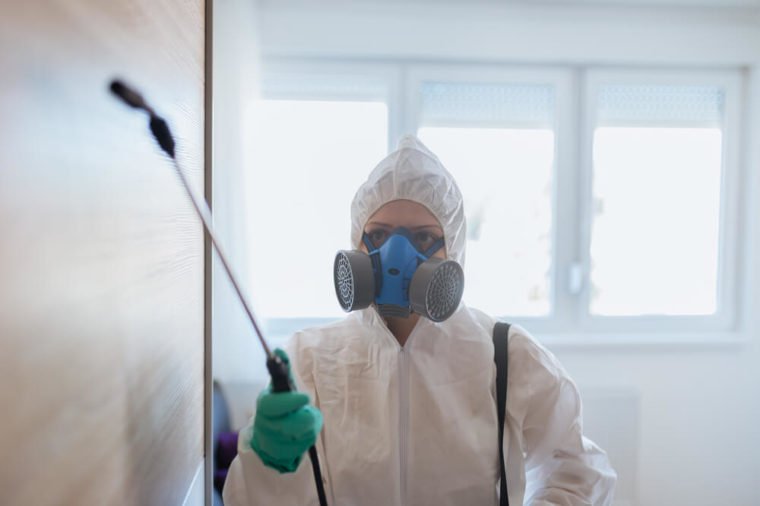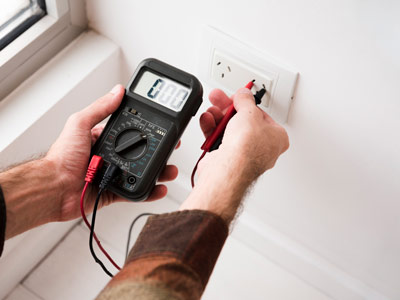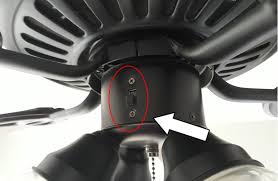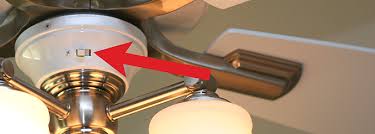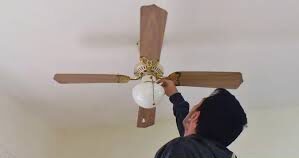What information does the wedding photographer need?
You’re still looking for a wedding photographer
Finding the right wedding photographer in Edinburgh can be a scary thing, because you are trusting a stranger with taking photographs of the most important day in your lives! So it’s best to employ a photographer whose work you like and who you personally get on with.
I receive many wedding enquiries and the couple simply tell me their wedding date and ask me if I’m free. It’s a good starting point, but in order to get a proper quote from a wedding photographer, it’s best to tell them a little bit about your wedding and what you’re looking for, so they can reply with lots of details.
When I get an enquiry with lots of details, I get a better feel for the couple and their plans and can provide a wedding quote that’s tailored to their wedding and can also provide additional information.
So here’s a good starting point:
When is your wedding date (the photographer can check right away, if the date is still free in their diary). Occasionally, I get a “vague” enquiry. The couple might know their wedding is in Summer next year, but they haven’t fixed a date yet. It’s best to start contacting photographers after you’ve got a definite date in the diary.
What is your wedding venue. Why is this important? Your photographer might have been there and they can send you a gallery with wedding photographs they have taken there and you can get an idea about their style.
How many people will be at your wedding. If you only have 10 people at your wedding, your photographer can provide you with sample photos of intimate weddings. If yo have 200 wedding guests, an inexperienced wedding photographer might not want to take on such a big job.
A little bit about your wedding ideas – you can give the photographer some more information about your wedding, what your plans are, your timings.
One photographer or two? Do you think you need two photographers, or would one be enough? Just because a lot of photographers offer 2 photographers in their packages doesn’t mean that’s necessary for you or your wedding.
How long do you want the photographer be there? Think about how long you want the photographer to take photos at your wedding. Do you want photos taken during the bridal preparations? Do you want photos of the guys getting ready too (this means you need two photographers – at least in the morning!)? Do you want them to stay only until the speeches, or do you want a photographer to be there until the party dancing in the evening? (you can also read about what’s normally included in a wedding photography package)
What do you hope to receive after your wedding? Are you happy with all the images on a USB stick? Or do you want a wedding album with a selection of your favourite wedding photos? Or do you want both – album and USB? Do you want to receive a large frame for your wall, do you want parent albums, or are you looking for a collection of prints which you can display around your home?
You have found your wedding photographer – this is the information they will need
I am super organised for weddings! Like SUPER organised!! I request quite a lot of information from the couple a few weeks before the wedding as this will allow me to be very organised and can make sure that I am not the reason for things running late on the wedding day.

The Ultimate Wedding Photography Checklist
Getting ready to shoot a wedding? Stay organized with our comprehensive wedding photo checklist—including a wedding photography shot list of must-have photos.
Wedding photography can be as stressful as it is fulfilling. The pressure is on wedding photographers to capture every last moment and detail of the big day as it happens, so it pays to stay as prepared and organized as possible. To make absolutely sure you don’t miss a moment, we’ve put together this wedding photography checklist for photographers. We’ll go over everything that goes into a successful wedding shoot, including a sample shot list of must-have wedding photos.
There are as many ways to do weddings—and wedding shoots—as there are couples, so this wedding photography checklist might still be needed to added to, edited, or tweaked to reflect the needs of the folks you’re working with.
Maybe the couple wants to incorporate lots of specific cultural or religious traditions—or they’ve decided to do away with half of the typical wedding tropes altogether. Maybe your couple doesn’t want any of the traditional detail shots—or they’ve been making decorations for weeks, and they want you to capture every last one.
Before You Get Shooting
If you haven’t already, make sure to get an online portfolio set up so you can show off standout shots to potential wedding photography clients. Having a great wedding photography online portfolio is one of the best ways to promote your wedding photography business and show off what you can do, as well as providing prospective customers with useful details like a wedding photography price list.
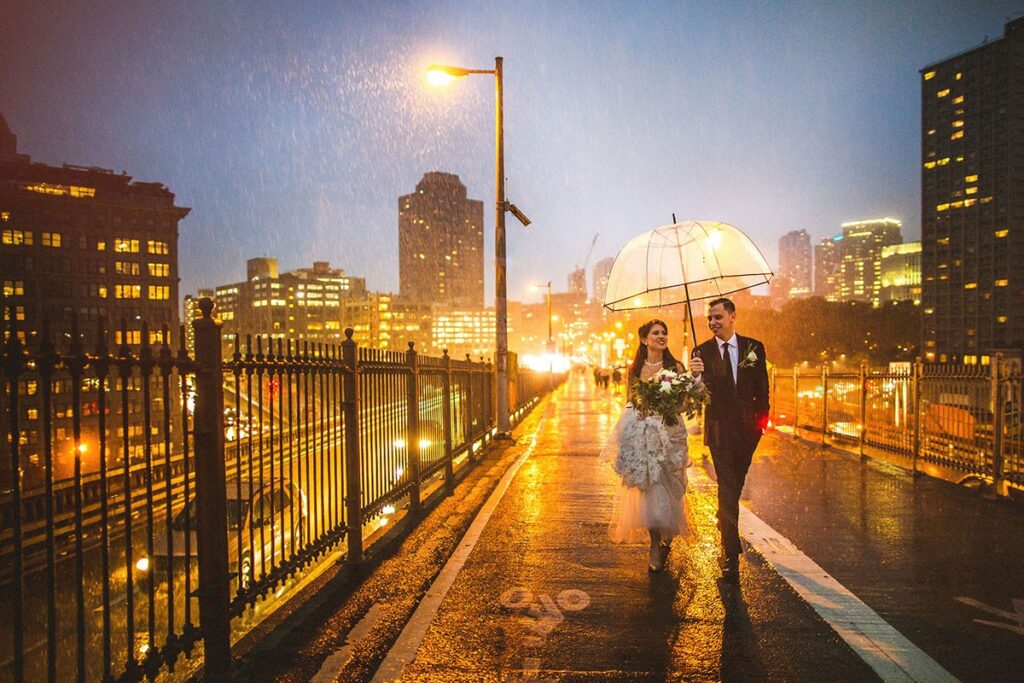
Things to Know Before Shooting Your First Wedding
If you’re reading this post, there’s a good chance you’re a brand new wedding photographer! Congratulations! I remember my first wedding 10 years ago and how excited and nervous I was. Before you shoot your first wedding, there are a few things you will want to do. Here are my 7 tips to help make your first wedding photo shoot a success.
Gain Second Shooting Experience
If you have never second shot a wedding with another photographer, you may not be ready to photograph a wedding on your own. Unlike portrait sessions, there is no room for error on a wedding day. You don’t want to be learning for the first time, on the job.
Find a local photographer to second shoot with to improve your skill.
When reaching out to experienced photographers in your area, it’s important to remember: you are taking time out of their schedule and they do not have an obligation to help you.
The best chance to score a great relationship with a photographer is to follow what they do online extremely closely! Comment regularly on their blog posts, Instagrams and Facebook posts. Don’t be creepy, but be kind and encouraging. This will help your name to become more familiar to them.
Keep your email short – nobody wants to read multiple paragraphs.
In the email, offer something to them – perhaps that’s your assistant or second shooting skills for free, maybe that’s lunch at their favorite restaurant at a time convenient for them. Show them you’ve done your research, you respect your time and you’d be cool to work with.

COMMON MISCONCEPTIONS ABOUT WEDDING PHOTOGRAPHY
In a recent survey of Fearless Photographers, we asked our accomplished professional wedding photographers about some common misconceptions regarding their profession. What mistaken ideas do their clients hold? What do they wish couples knew the truth about?
The Quality of the Photos Depends on the Camera
Fearless photographers agree: great photography is made by skilled professionals, not “the best” camera. When he hears this myth, Dominican Republic wedding photographer Georges Gurascier says he hands over his camera and invites that person to replicate his results.
Wedding photographer Annaleisa Friednash: “A talented photographer can make magic happen with a beginner’s camera. Someone who does not know their way around the camera can pick up the nicest, latest camera from any major brand and make a mess of something beautiful. Talent comes from hard work.”
Wedding Photography is an Easy Job
Long days, heavy gear, constant motion, intense attention to detail, non-stop problem-solving (before, during, and after the big day)? The job of a wedding photographer is anything but simple-even though the great ones make it look that way. As Jonathan Gibson observes, “Perhaps when an expert is engaged in their craft it looks easy-but this is only greater evidence of their mastery.”
Illinois wedding photographer Christi Chambers: “After shooting many different genres of photography professionally, I can safely say that wedding photography is the most challenging I’ve done.”
Wedding Photography Tips for Brides and Grooms
Before You Book a Wedding Photographer
Your choice of wedding photographer will play the biggest role in how your wedding pictures turn out. There are a couple key elements that go into selecting the perfect wedding photographer
Work together on your wedding planning.
First up – we often see the ladies taking the majority of the responsibility for planning the wedding. While we get the guys are not always into it – it’s important to keep in mind how big of an event this is to plan.
Talk about what you both want from your wedding photography.
As you set out to find a wedding photographer that will work with you, it’s important to nail down what you actually want.
For sure – some couples don’t care too much, and any photographer will do. In other cases, couples realize that their wedding pictures will be the one thing they can turn to years later to remember their big day. So their choice of wedding photographer is really significant for this reason.
Find a wedding photographer who has a style you both connect with.
Building on our last wedding photography tip for brides and grooms, your photographers style is one of the single most important factors that will go into whether or not you will like working with them.
